Ford's Autonomous Driving Effort Doesn't End at Pizza Delivery

Earlier this week, we griped about Ford Motor Company’s market research into the validity of self-driving pizza delivery vehicles. Thankfully, that’s not the sole avenue the automaker is exploring. Since abandoning Uber Technologies’ self-driving program in April, Ford’s new vice president of autonomous vehicles and electrification, Sherif Marakby, has spent the summer seeking partners that might want to put autonomous vehicles on the road in the near future.
Meanwhile, Ford chief executive Jim Hackett, who took over in May, is conducting a review of the automaker’s overall strategy, including the heavy investments made into electric and self-driving vehicles that took place under former CEO Mark Fields. While it’s unknown how viable he’ll deem every aspect of company’s Fieldsian mobility plan, early assessments hint he’ll leave Marakby plenty to work with.
”We’ve been talking with different partners in different industries about potential applications for Ford’s first self-driving vehicle in 2021, including ride-sharing and delivery services,” Marakby told Reuters.
Ford is already using Transit vans in an “on-demand” shuttle service it calls Chariot — a company it purchased in 2016 for a reported $65 million.
While Chariot only exists in a handful of U.S. cities, it’s similar to Uber’s own ride-hailing services and serves as a learning opportunity as the manufacturer ventures into territory beyond that of a traditional automaker. It’s also assumed to exist as a way for Ford to test its self-driving systems in an urban environment using a fairly predictable route. Shuttling currently costs $4 per ride, which is about $1.25 more than a single one-way ride on a cramped New York City subway or bus. The company plans to have 60 vehicles operating in Manhattan and Brooklyn by fall, serving underserved portions of the city.
“With Ford, we can scale operations really, really quickly,” Chariot CEO Ali Vahabzadeh told reporters last month.
The initial plan for was for Ford to place some of its autonomous vehicles into commercial ride-sharing fleets for testing by 2021, including Chariot. However, it’s one of the investments Hackett has placed under review, so the timing could change.
Meanwhile, Marakby has outlined delivery services as Ford’s other preliminary autonomous venture. While the company doesn’t produce large commercial trucks, which would be among the most useful applications for self-driving tech, it does have commercial vans.
“To build the business, we’re focusing on goods and people. We see opportunity in both,” Marakby told Forbes. “We’re planning both commercial operation and the ride-hailing service in 2021.”
Some of Ford’s rivals have announced plans to share much of the autonomous engineering cost by partnering with other companies. But the Blue Oval anticipates doing most of its own systems integration work. It still has to outsource portions of its self-driving hardware, but its own Argo AI will handle the “virtual driver” software.
“We’re developing the technology and the [customer] interfaces to go to market directly with our partners,” Marakby said. “We’re open to other arrangements in the future.”
[Images: Ford Motor Company]

A staunch consumer advocate tracking industry trends and regulation. Before joining TTAC, Matt spent a decade working for marketing and research firms based in NYC. Clients included several of the world’s largest automakers, global tire brands, and aftermarket part suppliers. Dissatisfied with the corporate world and resentful of having to wear suits everyday, he pivoted to writing about cars. Since then, that man has become an ardent supporter of the right-to-repair movement, been interviewed on the auto industry by national radio broadcasts, driven more rental cars than anyone ever should, participated in amateur rallying events, and received the requisite minimum training as sanctioned by the SCCA. Handy with a wrench, Matt grew up surrounded by Detroit auto workers and managed to get a pizza delivery job before he was legally eligible. He later found himself driving box trucks through Manhattan, guaranteeing future sympathy for actual truckers. He continues to conduct research pertaining to the automotive sector as an independent contractor and has since moved back to his native Michigan, closer to where the cars are born. A contrarian, Matt claims to prefer understeer — stating that front and all-wheel drive vehicles cater best to his driving style.
More by Matt Posky
Latest Car Reviews
Read moreLatest Product Reviews
Read moreRecent Comments
- Mike Beranek I would imagine that a Tesla high-rise condo building would spy on you, lock you inside during software updates, and drop panes of glass when the wind exceeds 4 mph.
- Theflyersfan It isn't just GM (Looking at Ford and Nissan as well) but will always question the wisdom of putting 1.0 to 2.0L high pressure turbos into a vehicle that can exceed 2 tons when loaded with American-sized Americans and the cargo one hauls around. I know the automakers don't care - the warranty has long ended by the time the turbo goes Chernobyl, but doesn't look good for loyalty if engines keep frying.
- Dartdude The global climate scam is a money and power grab. If you follow the money it will lead you to Demo contributors or global elitists. The government needs to go back to their original purpose and get out of the public sector.
- FreedMike Miami is a trip - it's probably the closest thing we have to Dubai in this country. If you are into Lambos and the like, definitely go - you'll see a show every night. These condos fit right in with the luxury-brand culture - I'm surprised there isn't a Louis Vuitton or Gucci building. I was in Miami Beach in January with my fiancee, and we shared a lovely lunch that consisted of three street tacos each, chips and salsa, and two sodas. Tab: $70.00, with tip. Great town, assuming you can afford to live there.
- Kjhkjlhkjhkljh kljhjkhjklhkjh Pay money to be inundated in Adverts for a car that breaks when you sneeze? no

















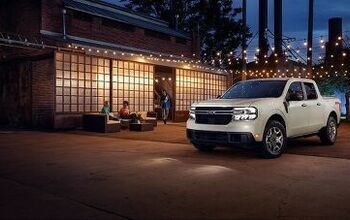

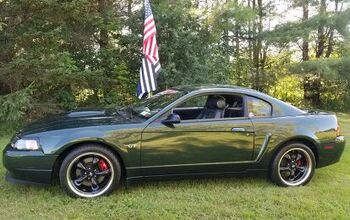
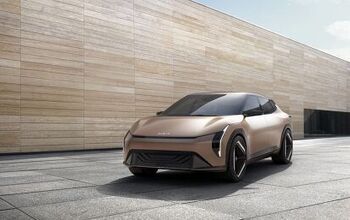

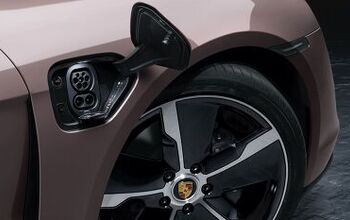


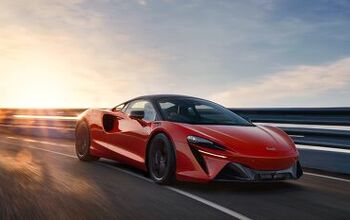

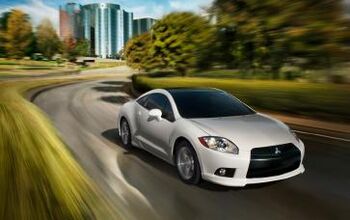

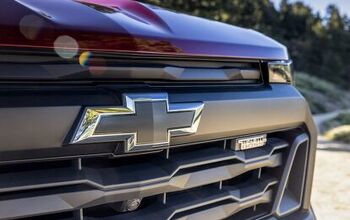
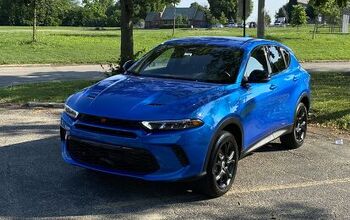
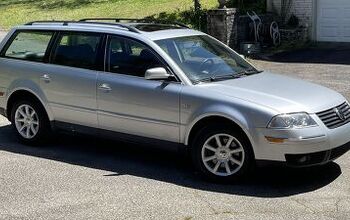
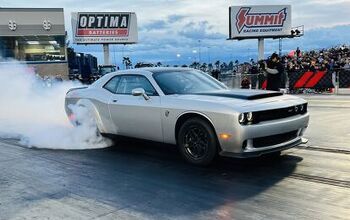
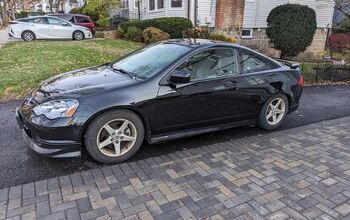
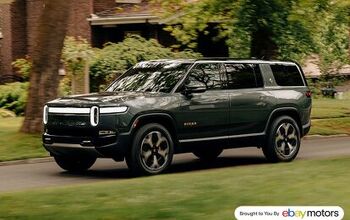
Comments
Join the conversation
I have been riding Chariot to work in San Francisco for about 2.5 years. Generally a positive experience and much better than the SF MUNI buses, which for my commute meant always standing room only for the morning in-bound route. One interesting wrinkle just came up this week. Chariot's drivers have always been a mix of people with commercial licenses to drive transit and people from the Uber/Lyft world looking for something a little more steady. The State agencies that govern transit limit the number of passengers that the drivers without a commercial license can carry, and this week they started enforcement of that rule with Chariot. So a lot of the Chariot fleet has been running with blocks of seats removed. The Ford vans that Chariot uses normally have 14 passenger seats, including someone riding shotgun. The reconfigured Chariot vans with seats removed carry 9 passengers. So the question is, if a commercial license lets a human carry 14 Chariot passengers, and a normal Cal Driver's License lets you carry 9 passengers, how many passengers can a robot carry?
Easier for a robot to carry packages. The major carriers would likely adopt the technology first in outer suburban areas with small package delivery. Office towers and bulk delivery would still require a driver/helper to take the freight up.